Top Things to Know Before Buying Indoor Plant Fertilizer
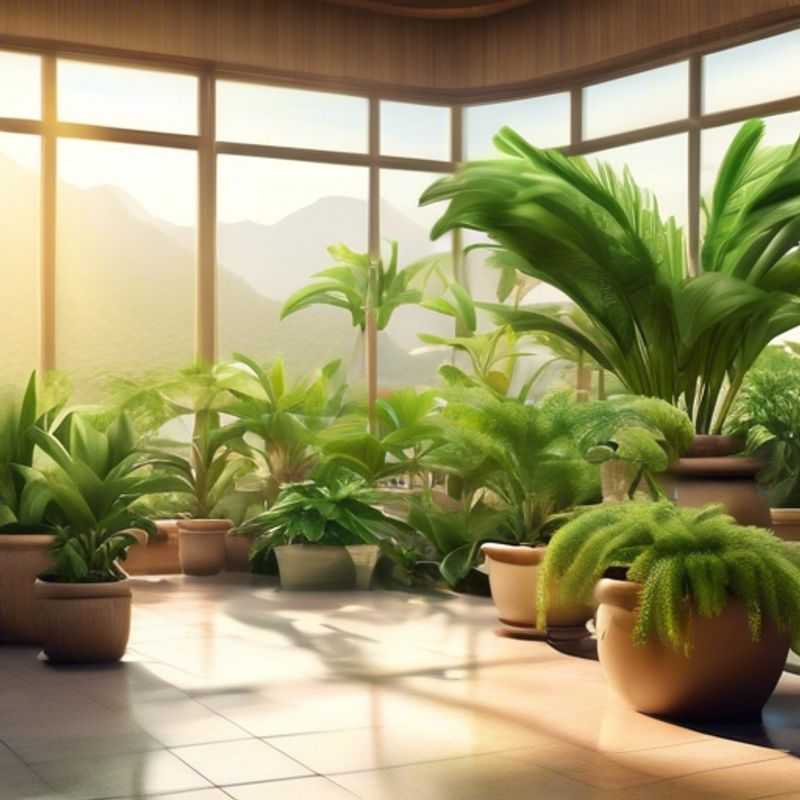
Top Things to Know Before Buying Indoor Plant Fertilizer: A Guide for Green Thumbs
Growing lush, vibrant indoor plants is a rewarding experience, but it requires providing them with the right nutrients. Choosing the appropriate fertilizer is crucial for their health and vitality. Here's what you need to know before you buy:
Look for fertilizers specifically formulated for indoor plants. Indoor plants have different nutrient needs than their outdoor counterparts. Indoor fertilizers are designed to provide the right balance of nutrients for optimal growth in a contained environment.
Consider the nutrient ratios (NPK) to match your plants' needs. The NPK ratio represents the percentage of nitrogen (N), phosphorus (P), and potassium (K) in the fertilizer. Different plants have different nutrient requirements. For example, leafy green plants need more nitrogen, while flowering plants need more phosphorus.
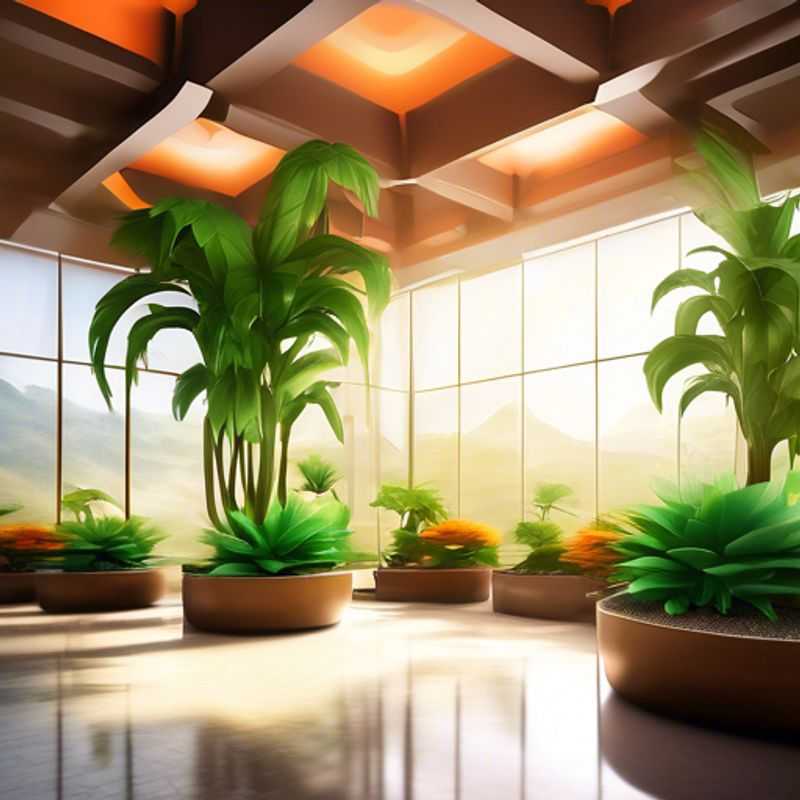
Indoor Plant Fertilizer: The Key to Thriving Greenery
When caring for indoor plants, choosing the right fertilizer is crucial for their growth and health. Look for fertilizers specifically formulated for indoor plants, as they contain the right balance of nutrients that cater to the unique needs of these plants. Nitrogen, phosphorus, and potassium are the primary nutrients to consider, typically represented in a ratio on the packaging. Indoor plants usually require a balanced fertilizer with an NPK ratio of 10-10-10 or similar.
Additionally, consider products that include micronutrients such as iron, magnesium, and calcium, which can be essential for preventing deficiencies in indoor environments. Liquid fertilizers are often preferred for indoor plants as they can be easily absorbed and adjusted based on the plant's needs. Slow-release fertilizers are another option, providing a steady supply of nutrients over time.
When estimating a plan for fertilizing indoor plants, include considerations such as the type of plants, their growth stage, and the frequency of application. Typically, plants benefit from fertilization every 4-6 weeks during the growing season (spring and summer) and less frequently in the dormant season (fall and winter). Always follow the manufacturer's instructions for application rates to avoid over-fertilization, which can harm your plants.
In summary, when selecting fertilizers for indoor plants, prioritize those that are specially formulated for them, ensure a balanced nutrient profile, and account for specific plant needs and growth cycles. This will lead to healthier plants and a more vibrant indoor garden.
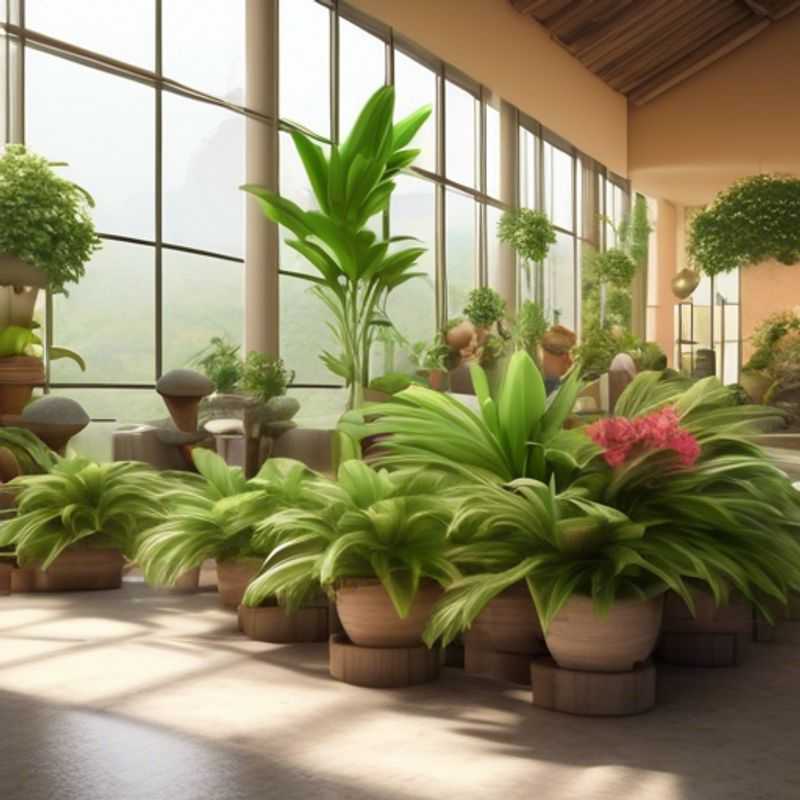
Unlocking Plant Power: Matching NPK Ratios to Your Green Friends' Needs
When it comes to feeding your plants, you need to consider more than just giving them "food." Plants have specific dietary needs, and understanding those needs can make a world of difference in their growth and health. The key is to match the nutrient ratios in your fertilizer to what your plants are actually craving.
Think of it like a balanced meal for humans: we need a mix of protein, carbohydrates, and fats for optimal health. Plants are similar, but their essential nutrients are called Nitrogen (N), Phosphorus (P), and Potassium (K). These are often expressed as an NPK ratio on fertilizer packaging, such as 10-10-10 or 20-10-5.
Nitrogen is vital for lush green growth, Phosphorus promotes strong root systems and flower development, and Potassium contributes to overall plant vigor and disease resistance. So, how do you choose the right NPK ratio for your plants? It depends! Fast-growing vegetables like lettuce and spinach need a higher nitrogen ratio for leafy growth. Plants focusing on flowers, like roses or tomatoes, require more phosphorus to support blooming. And fruits like strawberries need a good dose of potassium for optimal fruit production.
Here are some general guidelines:
For leafy greens: Opt for fertilizers with a higher nitrogen content, like 20-10-10.
For flowering plants: Choose fertilizers with a higher phosphorus content, like 10-20-10.
For fruiting plants: Look for fertilizers with a higher potassium content, like 10-10-20.
Don't be afraid to experiment! You can always adjust your fertilization strategy based on your plant's growth and appearance. Remember, a little research goes a long way – and happy, healthy plants are the best reward.
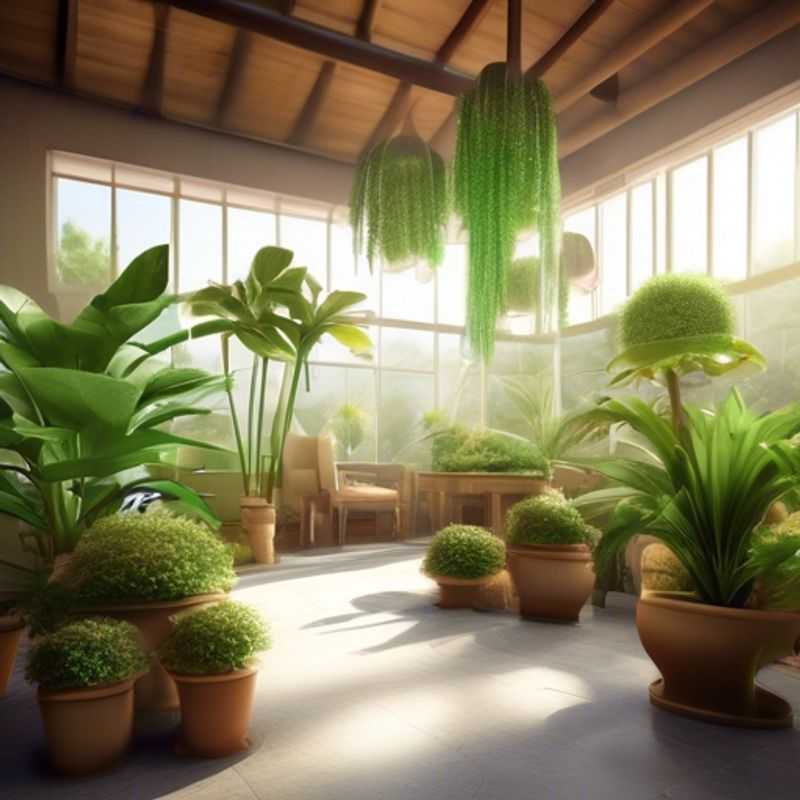
Slow-Release vs. Water-Soluble: Choosing the Right Fertilizer for Your Plants
When it comes to feeding your plants, you have a choice: slow-release fertilizers or water-soluble fertilizers. Choosing the right one depends on what your plants need and your schedule.
Slow-release fertilizers are like time-release capsules for your plants. They gradually release nutrients over weeks or even months. This means you don't have to fertilize as often, making them great for busy gardeners. They are also less likely to burn plants, as the nutrients are released slowly.
Water-soluble fertilizers, on the other hand, dissolve quickly in water and are immediately available to plants. This makes them perfect for plants that need a quick boost, such as seedlings or plants that are showing signs of nutrient deficiency. However, you need to be careful not to over-fertilize with water-soluble fertilizers, as this can burn the roots.
Here's a quick summary:
Slow-release fertilizers:
- Gradual nutrient release
- Less frequent fertilization
- Lower risk of burning plants
Water-soluble fertilizers:
- Quick nutrient availability
- Suitable for quick boosts
- Higher risk of over-fertilization
Ultimately, the best fertilizer for your plants depends on their individual needs and your gardening style. For a more in-depth look at specific fertilizers and their applications, consider consulting gardening resources or talking to your local nursery expert.

Understanding Application Frequency and Dosage: A Guide to Safe and Effective Use
Always check the recommended application frequency and dosage for any product, especially when it comes to medications, pesticides, or other substances. The recommended frequency and dosage are crucial for ensuring the product’s effectiveness and safety. Applying the product too often or in too high a dosage can lead to negative side effects or even health issues. On the other hand, applying it too infrequently or in too low a dosage might not provide the desired results.
Here are some important points to consider regarding recommended application frequency and dosage:
• Read the label carefully: The label is your primary source of information. It will specify the recommended application frequency, dosage, and any other relevant instructions. Pay close attention to warnings and precautions.
• Consult with professionals: If you are unsure about the recommended application frequency and dosage for a specific product, consult with a healthcare professional, pharmacist, or expert in the field.
• Follow the instructions: Once you have the recommended application frequency and dosage, follow the instructions carefully. Applying too much or too little can be harmful, so stick to the recommended guidelines.
• Store products properly: Incorrect storage can affect the effectiveness of a product. Ensure you store products in a cool, dry place, away from direct sunlight, and out of reach of children.
• Monitor your results: Keep track of how the product is working for you. If you experience any negative side effects or the product doesn't seem to be effective, discontinue use and consult with a professional.
Remember, following the recommended application frequency and dosage is essential for the safe and effective use of any product. If you have any doubts, always err on the side of caution and consult with a professional.
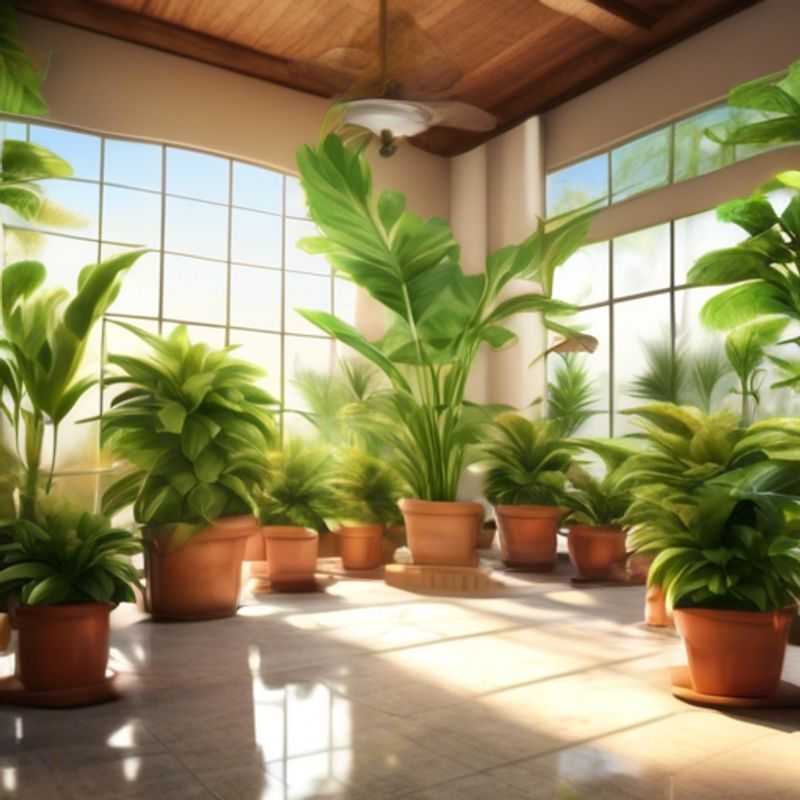
Don't Overdo It: Protecting Your Plants from Fertilizer Overload
Over-fertilizing is a common problem that can damage your plants. It's easy to get excited about giving your plants the best possible nutrients, but too much of a good thing can be harmful. Too much fertilizer can burn plant roots and make them less able to absorb water and nutrients.
One way to avoid over-fertilizing is to choose the right type of fertilizer for your plants. Different plants have different needs, so it's important to choose a fertilizer that is specifically designed for the type of plant you are growing. You can also use a fertilizer analyzer to test your soil and determine the specific nutrients your plants need. Use less fertilizer than the recommended amount, especially for new plants, and never apply fertilizer to dry soil.
Another important tip is to fertilize your plants during the growing season when they are actively using nutrients. You should also avoid fertilizing your plants during hot or dry weather, as this can stress them and make them more susceptible to fertilizer burn. Always check the fertilizer label for the proper application rate and frequency for your specific plant.
If you're concerned about over-fertilizing, you can always test your soil to see what its nutrient levels are. This will help you to determine if your plants actually need more fertilizer. You can purchase a soil testing kit from your local garden center or have your soil tested by a lab.

Go Green: Choosing Organic or Natural Fertilizer
When choosing fertilizers, prioritize organic or natural options whenever possible. These options contribute to healthier soil and are less likely to harm the environment compared to synthetic fertilizers. They promote beneficial microbial activity in the soil, enhance nutrient retention, and improve soil structure for better water absorption and drainage.
Organic fertilizers are derived from plant and animal matter, such as compost, manure, and bone meal. They release nutrients gradually, providing a sustained supply to plants. Natural fertilizers are mined from naturally occurring mineral deposits, such as rock phosphate and potassium sulfate. They provide essential nutrients for plant growth and are often considered less impactful on soil health compared to synthetic fertilizers.
When incorporating organic or natural fertilizers into your gardening practices, consider factors such as the specific needs of your plants, the type of soil you have, and the availability of these options in your local area. You can often find organic and natural fertilizers at garden centers, online retailers, and even from local farmers.
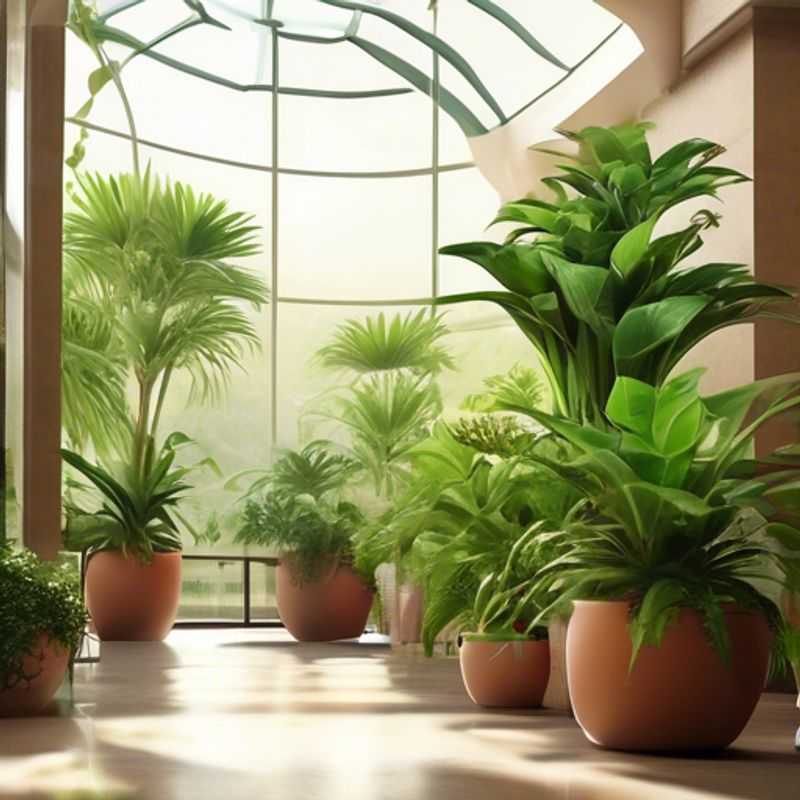
Keep Your Fertilizer Fresh: Storage Tips for Maximum Effectiveness
Storing fertilizers properly is crucial to maintain their effectiveness and prevent potential harm to the environment. Here are some key points to remember:
Store fertilizers in a cool, dry, and well-ventilated area. Avoid storing them in direct sunlight, as this can degrade the active ingredients. Extreme temperatures can also reduce their efficacy.
Keep fertilizers away from food, water sources, and children. Always follow the instructions on the label for safe handling and storage.
Store fertilizers in their original containers. Avoid transferring them to different containers, as this can lead to contamination.
Check expiration dates. Fertilizers have a shelf life, and older fertilizers may not be as effective. Check the expiration date on the container and dispose of expired fertilizers properly.
Never mix fertilizers. Mixing different types of fertilizers can create harmful reactions and reduce their effectiveness. Always follow the manufacturer's instructions for mixing and application.
Dispose of fertilizers responsibly. Follow local regulations for disposing of unused or expired fertilizers. Never dump fertilizers down the drain or into waterways, as this can pollute the environment.
By following these simple steps, you can ensure that your fertilizers remain effective and safe for use, while minimizing the risk of environmental damage.
